STATEHOUSE REPORT | ISSUE 23.20 | May 17, 2024
BIG STORY: S.C.’s environmental movement is a 35-year success
MORE NEWS: No wrongdoing found in election integrity probe
LOWCOUNTRY, Ariail: What a shame
COMMENTARY, Brack: State is leader in land conservation
SPOTLIGHT: AT&T
MYSTERY PHOTO: Now and then
FEEDBACK: Send us your thoughts
S.C.’s environmental movement is a 35-year overnight success story

By Jack O’Toole | With the 2024 regular legislative session now in the books, environmental advocates and legislators from both parties agree that South Carolina is emerging as one of America’s greenest red states.
They also agree on the reasons: a state whose culture is inseparable from the land and water that shaped it, and an environmental advocacy community that’s consistently bipartisan, pragmatic and solutions-oriented.
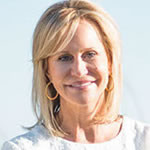
“The environmental advocates have the ear of most of the legislators in a bipartisan manner,” said Charleston Republican Sen. Sandy Senn, who this week won the endorsement of the Conservation Voters of South Carolina (CVSC), an environmental group that rates legislators based on their voting records. “They truly try to be inclusive, as they would have to be to get any traction in Columbia.”
Senate Minority Leader Brad Hutto, D-Orangeburg, another CVSC endorsee, echoed Senn’s comments, stressing the groups’ practical approach.
“They understand that legislation is crafted through compromise,” Hutto said. “They understand what their priorities are – where they can make tweaks to strengthen their position and where they can give a little. I find them to be very effective.”
Moreover, he said, they’ve earned the trust of both sides.
“If somebody, anybody, has a question, they meet with them,” Hutto said. “And they don’t tell Democrats one thing and Republicans another, or Upstate people one thing and Lowstate people another. They’re consistent in their messaging.”
Environmental advocates say they’re proud of the trust they’ve fostered and the bipartisan relationships they’ve built. But to any other groups hoping to replicate their success, they offer this note on the process – it’s taken almost 35 years.
Rapid growth … and a very big win

Dana Beach, a pioneer of the state’s modern environmental movement, founded the Coastal Conservation League in 1989. In those days, Beach said, there were “maybe half a dozen” environmental groups working in the state, with no more than 20 total staffers and combined budgets of less than $1 million.
“What happened over the subsequent 34 years is that the number of organizations expanded to in the neighborhood of 20,” Beach said in an interview this week. “The total staff are probably around 160 working full time on conservation, with a total combined budget in excess of $2o million.”
And as Beach is quick to point out, those are just operating budgets. He estimates that the current public and private investment in land conservation is “now in the hundreds of millions, approaching billions.”
“The sheer capacity was just very limited 34 years ago,” Beach said. “And that’s the big change in the movement – a massive increase in capacity, staff and budget, and organizational depth and ability.”
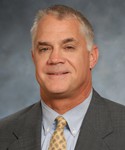
Also present in those early years was S.C. Sen. Chip Campsen, R-Charleston, who was first elected to the state legislature in 1997. Like most observers, he says the movement’s success has been built on a foundation of bipartisan compromise and pragmatic solutions.
“It is a big-tent conservation movement, and you don’t see that in other states,” Campsen told Statehouse Report. “And a big reason is because most of our conservation initiatives are conservation by negotiation and compensation and not by regulation.”
Key to that strategy since 2004 has been the South Carolina Conservation Bank, which to this day is described by many in the environmental movement as their most historic achievement, with 375,000 acres of land protected at a cost of $865 an acre..
“We have been able to protect property at an ecosystem scale because of this – because (leveraging every dollar makes) it’s so efficient and because it respects property rights,” said Campsen, primary author and sponsor of the bill that created the bank.
Taken together, the Conservation Bank and private programs with similar models have protected 3 million acres – or about 15% of all the land in South Carolina. Gov. Henry McMaster has set a goal of doubling that number to 6 million by 2050.
Today and tomorrow
By any standard, this year’s regular legislative session was a success for conservationists, who worked to secure new investments in land protection and clean water, as well as the state’s first legislation to protect its increasingly endangered blue crab population.
But their real accomplishment was in stopping – or as they describe it, “pausing” – a massive energy bill that called for a new, generational commitment to natural gas at the very moment the nation is moving away from long-term reliance on fossil fuels. And once again, their efforts were pragmatic and constructive, recognizing from the start that South Carolina is the nation’s fastest growing state with expanding energy needs.
“The environmental community has never been a ‘just say no’ movement in South Carolina,” said Eddy Moore, a greenhouse gas emissions expert with the Southern Alliance for Clean Energy. “We’ve tried to put processes in place that develop new sources of energy at a benefit to ratepayers.”

John Tynan, president of the CVSC, points to the passage of 2019’s Energy Freedom Act as an example of Moore’s point.
“This was a transformative piece of clean-energy legislation that was unanimously supported in the House and the Senate,” Tynan said. “To get unanimous votes in both chambers and get it signed by the governor really speaks to our ability to build consensus, and also work on some bold and critical issues.”
In terms of the future, Tynan says the movement is focused on three big issues: meeting the goal of protecting an additional 3 million acres, reducing greenhouse gas emissions by generating abundant renewable energy, and ensuring that citizens’ environmental concerns continue to be heard by legislators, regulators and the courts.
And in pursuit of those goals, Tynan said his organization plans to keep doing what’s worked so well for the past three-plus decades – real bipartisanship, and not just in terms of policy-making.
“What’s really unique across the country is that we do support Republicans when they run for office – we do give them our accolades, along with Democrats,” he said. “When folks have our back, we want them to know we’ll have their back on the election trail.”
- Have a comment? Send to: feedback@statehousereport.com.
SLED finds no wrongdoing in election integrity investigation
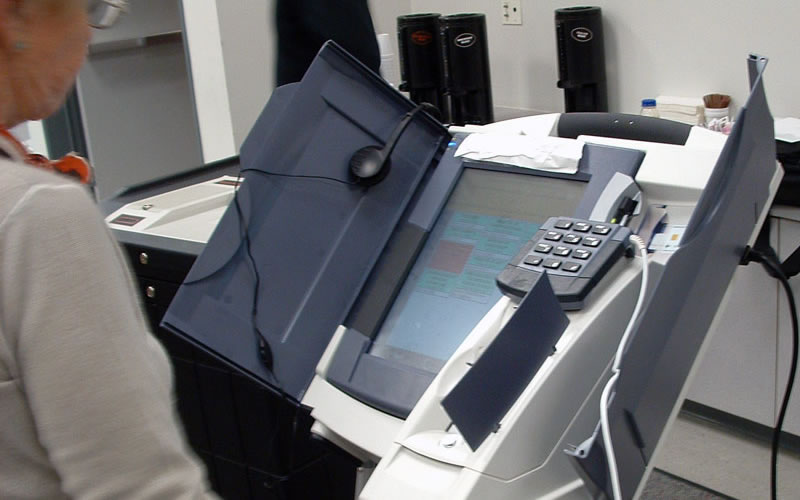
By Jack O’Toole | A State Law Enforcement Division (SLED) investigation conducted at the request of S.C. Gov. Henry McMaster has determined that state employees who were accused of inappropriately providing non-citizens with voter registration forms committed no wrongdoing. The allegation that led to multiple reports of threats against South Carolina election officials.
“The results of the preliminary investigation revealed that any voter registration forms that were given to non-citizens were in compliance with federal law,” SLED concluded in its final report, released May 16. “The forms instruct non-citizens not to fill out the form, (and) the Legislative Audit Council found no cases of non-citizens voting in state elections.”
The initial accusation was leveled by S.C. Rep. Adam Morgan, a leader of the avowedly far-right House Freedom Caucus which has been at odds with mainstream conservative Republicans since its formation in 2021.
Morgan, who is challenging Republican incumbent U.S. Rep. William TImmons in the 4th District primary, responded to news of SLED’s findings by trading Twitter barbs with Timmons, who said Morgan had been “caught in a lie” by the investigation.
“My ‘Republican’ opponent is FINE that voter registration forms are being sent to non-citizens in his district,” Morgan fired back. “I will work in Congress to STOP the government from intentionally distributing voter registration forms to non-citizens. Secure our elections now!”
McMaster issued a statement after the SLED report was released.
“The SLED investigation has confirmed the integrity of South Carolina’s voter registration system, as previous official audits have confirmed,” McMaster said. “Agencies are properly complying with state and federal voter registration laws, and no evidence of unlawful activity was found.”
In other recent headlines:
![]() GOP infighting rages in Statehouse primaries between speaker’s majority, Freedom Caucus. About three dozen House primaries from Charleston to Seneca have participated in an intra-party war, backed by outside groups pumping thousands of dollars into the contests where the stakes are being portrayed as either a tack further right, or a future of chaos and division.
GOP infighting rages in Statehouse primaries between speaker’s majority, Freedom Caucus. About three dozen House primaries from Charleston to Seneca have participated in an intra-party war, backed by outside groups pumping thousands of dollars into the contests where the stakes are being portrayed as either a tack further right, or a future of chaos and division.
Cromer says she wouldn’t punish abortions, but supported a bill that allows for death penalty. S.C. Rep. April Cromer, R-Anderson, a Freedom Caucus member, previously co-sponsored a bill that would allow for the death penalty for women who received an abortion. More than a year later, however, she said she would “never” advocate for punishing women.
S.C. Supreme Court candidates narrowed. There are three candidates, down from six, vying for a seat soon to be vacated by South Carolina Associate Supreme Court Justice John Kittredge.
McMaster happy about tax cuts, teacher raises, but wants more done with energy and health bills. S.C. Gov. Henry McMaster said he is glad the General Assembly raised teacher salaries and cut taxes in the 2024 regular session that ended last week, but wanted more done with the proposed energy and health bills.
What a shame

Nationally award-winning cartoonist Robert Ariail always has an interesting take. This week, he’s commiserating over the loss of the quirky UFO center in Bowman. What do you think – love the cartoon? Hate it? Send your thoughts to feedback@statehousereport.com.
State is leader in land conservation
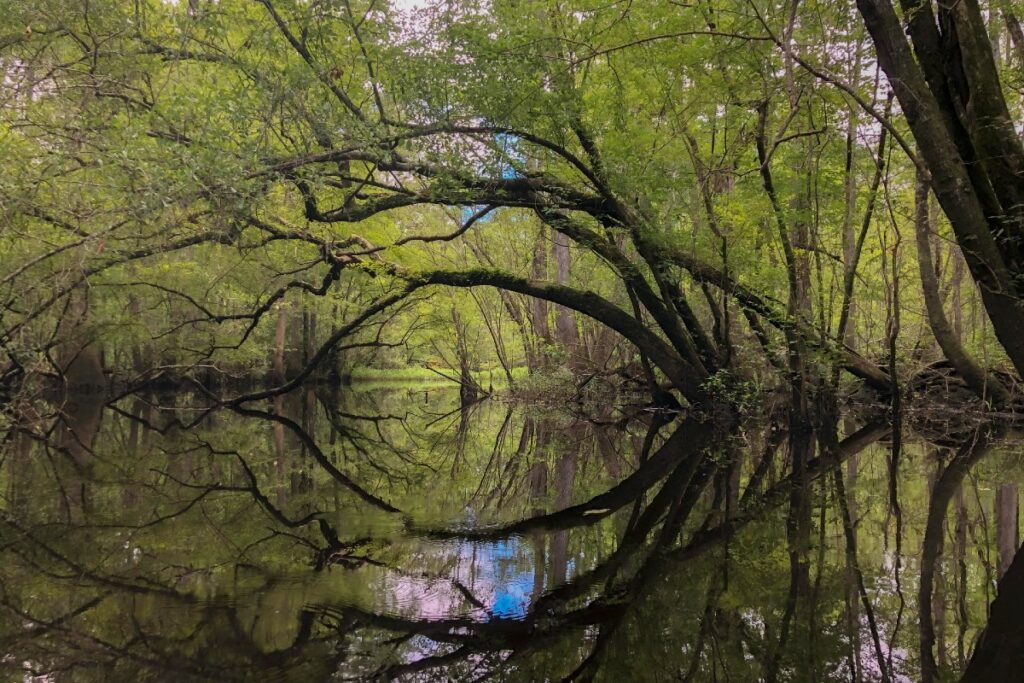
By Andy Brack | If you’re ever caught in a situation where you need to give an example of national leadership in South Carolina, just focus on land conservation. What we do here is pretty amazing.
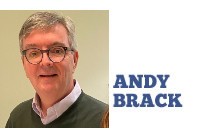 First, some facts to remember:
First, some facts to remember:
Lots of forests. South Carolina is home to about 13 million acres of forests– about two thirds of all land in the state, according to the S.C. Forestry Commission. It’s split almost evenly between hardwoods, like oak, and softwoods, like pine. Some seven out of every eight acres of forested land is privately owned, mostly by families who manage forests of an average of 80 acres. Public agencies manage about 12% of forest lands, including more than 90,000 acres of state parks.
Big impact. Forestry is a huge business, generating a total impact of $18.6 billion annually, including more than 90,000 jobs, the commission says.
More acreage. A 2012 forest inventory revealed South Carolina then had 2.3 million more acres of forests than in 1936. Interestingly, there are no areas of virgin forests, indicating man’s impact on the land in recent centuries. Longleaf pine forests, now rare, have generally been replaced by loblolly pine forests. Once dominant chestnuts got wiped out generations ago by a blight. But softwood and hardwood forests have recovered since Hurricane Hugo in 1989.
So with this background, what’s remarkable in South Carolina is how conservation leaders across the political spectrum are dedicated to conserving land. Why? Because South Carolinians generally agree that protecting land for future generations is important so that people can keep heritage connections with the outdoors.
“We have an ethos in this state,” observed Mike McShane, chairman of the S.C. Conservation Bank. “We are extraordinarily benefited by people in this state appreciating outdoor recreational space.”
The bank, which leverages public money to help preserve land, has spent $244 million since 2004 to fund 470 grants to protect 375,000 acres of land. In the last five years, the bank received $65 million of state funding, which has protected 75,000 acres, two thirds of which provided public access to otherwise inaccessible lands.
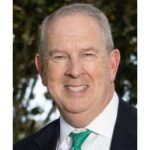
“That’s $865 an acre,” said McShane, a biomechanical engineer who lives on Johns Island. “That is an extraordinary metric.”
And the land is protected forever. An example of the merit of the process will be the new Black River State Park. It will snake along the banks of the river from Kingstree to Andrews and allow public access to the river.
“We were losing the ability for communities to access the water as they [riverbank lands] became sold off and gated,” McShane said. “This park will allow ingress and egress to the river.”
An even bigger success story is the work done by the federal and state governments with private conservation groups and landowners to protect the ACE Basin in the Lowcountry between Charleston and Beaufort counties. When the project started 35 years ago, collaborators dreamed of protecting 90,000 acres of land through purchases, conservation easements and more. Now 35 years later, they have protected more than 305,000 acres of the 350,000 acres in the ACE Basin – a whopping 85% of the wild places in the area.
“It’s a wonderful model because it demonstrates how private landowners and public owners work collaboratively in a public effort,” McShane said.
Now conservationists dream of applying this model around the state to protect even more land – millions of acres above the 3 million acres of land and water already protected in South Carolina. They want to double – even triple – what’s held in trust or used for limited purposes.
Will they get there? Who knows? But remember how the ACE Basin model protected more than three times the amount of land it sought to protect originally.
“Remember the adage: You aim for the moon and you might land in the stars,” McShane said.
Andy Brack is editor and publisher of Statehouse Report and the Charleston City Paper. Have a comment? Send to: feedback@statehousereport.com.
AT&T
 The public spiritedness of our underwriters allows us to bring Statehouse Report to you at no cost. Today’s featured underwriter is AT&T Inc.
The public spiritedness of our underwriters allows us to bring Statehouse Report to you at no cost. Today’s featured underwriter is AT&T Inc.
AT&T Inc. (NYSE:T) helps millions around the globe connect with leading entertainment, mobile, high speed Internet and voice services. We’re the world’s largest provider of pay TV. We have TV customers in the U.S. and 11 Latin American countries. We offer the best global coverage of any U.S. wireless provider*. And we help businesses worldwide serve their customers better with our mobility and highly secure cloud solutions.
- Additional information about AT&T products and services is available at http://about.att.com.
- Follow our news on Twitter at @ATT, on Facebook at http://www.facebook.com/att and YouTube at http://www.youtube.com/att.
* Global coverage claim based on offering discounted voice and data roaming; LTE roaming; voice roaming; and world-capable smartphone and tablets in more countries than any other U.S. based carrier. International service required. Coverage not available in all areas. Coverage may vary per country and be limited/restricted in some countries.
Now and then
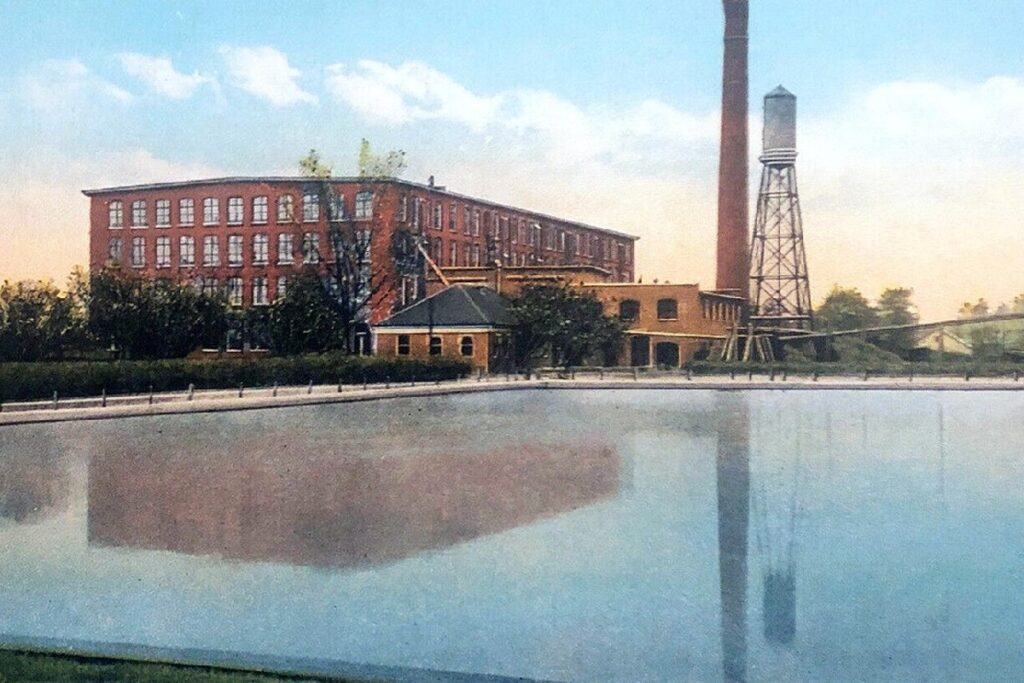
Here’s an interesting shot of an old building. What and where was it way back – and what is it being used for now? Send your name, hometown and guess to: feedback@statehousereport.com.
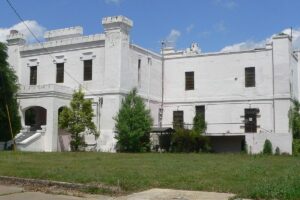 Last week’s mystery, “Old white building,” once was more commonly known as “The Pink Palace” after renovations in the 1950s. Allan Peel of San Antonio, Texas, wrote the photo showed the old Orangeburg County Jail, “a Civil War prison that was built in 1860 and then used during the civil war as the Orangeburg headquarters for [Union] General William Sherman during the Union occupation of Orangeburg in 1865.”
Last week’s mystery, “Old white building,” once was more commonly known as “The Pink Palace” after renovations in the 1950s. Allan Peel of San Antonio, Texas, wrote the photo showed the old Orangeburg County Jail, “a Civil War prison that was built in 1860 and then used during the civil war as the Orangeburg headquarters for [Union] General William Sherman during the Union occupation of Orangeburg in 1865.”
Penny Forrester of Tallahassee, Fla., wrote the building served as a jail until 1976. Bill Segars of Hartsville tells us that the interior of the building was burned by Sherman, but later restored. He says it’s empty today.
But perhaps the most interesting tale came from Pat Keadle of Wagener, who wrote, “My grandparents, Townsend and Annie Sawyer Corbett, ran the jail and during World War II, Mama stayed there and worked across the street while Daddy was in the Coast Guard at Hilton Head riding horses to look for Nazi subs.” Her relative Debbie Ballentine also wrote that the same grandparents ran the jail.
Others who identified the palace were: George Graf of Palmyra, Va.; David Lupo of Mount Pleasant; Barry Wingard of Florence; Elizabeth Jones, Vicki Ringer and Jay Altman, all of Columbia; Frank Bouknight of Summerville; Peggy Morrow of Lake City; and Steve Willis of Lancaster.
- Send us a mystery picture. If you have a photo that you believe will stump readers, send it along (but make sure to tell us what it is because it may stump us too!) Send to: feedback@statehousereport.com and mark it as a photo submission. Thanks.
Send us your thoughts
We encourage you to send in your thoughts about policy and politics impacting South Carolina. We’ve gotten some letters in the last few weeks – some positive, others nasty. We print non-defamatory comments, but unless you provide your contact information – name and hometown, plus a phone number used only by us for verification – we can’t publish your thoughts.
- Have a comment? Send your letters or comments to: feedback@statehousereport.com. Make sure to provide your contact details (name, hometown and phone number for verification. Letters are limited to 150 words.
- ORDER NOW: Copies are in Lowcountry-area bookstores now, but if you can’t swing by, you can order a copy online today.
- Now available as an e-book!
ABOUT STATEHOUSE REPORT
Statehouse Report, founded in 2001 as a weekly legislative forecast that informs readers about what is going to happen in South Carolina politics and policy, is provided to you at no charge every Friday.
- Editor and publisher: Andy Brack, 843.670.3996
- Statehouse bureau chief: Jack O’Toole
Donate today
We’re proud to offer Statehouse Report for free. For more than a dozen years, we’ve been the go-to place for insightful independent policy and political news and views in the Palmetto State. And we love it as much as you do.
But now, we can use your help. If you’ve been thinking of contributing to Statehouse Report over the years, now would be a great time to contribute as we deal with the crisis. In advance, thank you.
Buy the book
Now you can get a copy of editor and publisher Andy Brack’s We Can Do Better, South Carolina! ($14.99) as a paperback or as a Kindle book ($7.99). . The book of essays offers incisive commentaries by editor and publisher Andy Brack on the American South, the common good, vexing problems for the Palmetto State and interesting South Carolina leaders.
More
- Mailing address: Send inquiries by mail to: P.O. Box 21942, Charleston, SC 29413
- Subscriptions are free: Click to subscribe.
- We hope you’ll keep receiving the great news and information from Statehouse Report, but if you need to unsubscribe, go to the bottom of the weekly email issue and follow the instructions.
- Read our sister publication: Charleston City Paper (every Friday in print; Every day online)
- © 2024, Statehouse Report, a publication of City Paper Publishing, LLC. All rights reserved.


